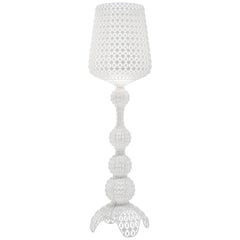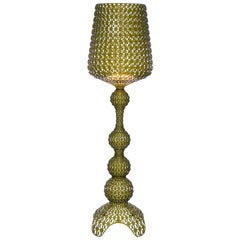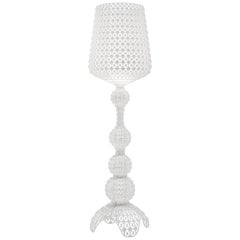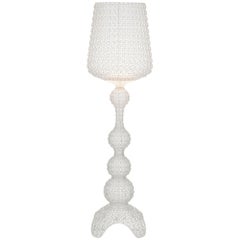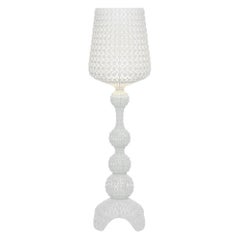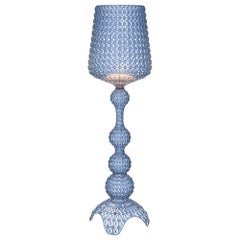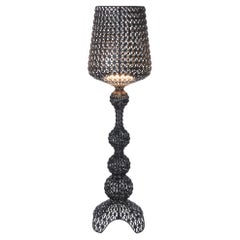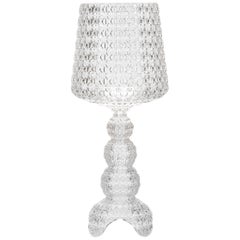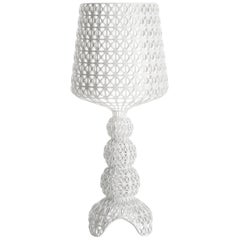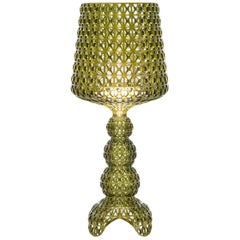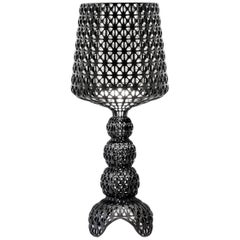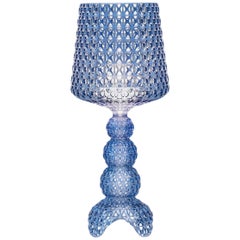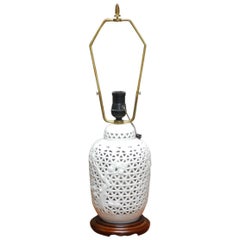Kabuki Lamp
21st Century and Contemporary Italian Modern Floor Lamps
Plastic
21st Century and Contemporary Italian Modern Floor Lamps
Plastic
21st Century and Contemporary Italian Modern Floor Lamps
Plastic
21st Century and Contemporary Italian Modern Floor Lamps
Plastic
21st Century and Contemporary Italian Modern Floor Lamps
Plastic
21st Century and Contemporary Italian Modern Floor Lamps
Plastic
21st Century and Contemporary Italian Modern Floor Lamps
Plastic
21st Century and Contemporary Italian Modern Table Lamps
Plastic
21st Century and Contemporary Italian Modern Table Lamps
Plastic
21st Century and Contemporary Italian Modern Table Lamps
Plastic
21st Century and Contemporary Italian Modern Table Lamps
Plastic
21st Century and Contemporary Italian Modern Table Lamps
Plastic
21st Century and Contemporary Italian Modern Table Lamps
Plastic
21st Century and Contemporary Italian Modern Floor Lamps
Plastic
21st Century and Contemporary Italian Modern Floor Lamps
Plastic
Mid-20th Century Japanese Chinoiserie Table Lamps
Brass
Recent Sales
21st Century and Contemporary Italian Modern Table Lamps
Plastic
20th Century Japanese Hollywood Regency Table Lamps
Brass
People Also Browsed
21st Century and Contemporary Contemporary Black and White Photography
Photographic Paper, Archival Pigment, Black and White, Giclée, Archival ...
2010s Mexican Brutalist Contemporary Art
Wood
Vintage 1930s French Mid-Century Modern Planters and Jardinieres
Metal
21st Century and Contemporary Italian Modern Floor Lamps
Aluminum
21st Century and Contemporary Italian Modern Wall Mirrors
Mirror
2010s South African Modern Chairs
Steel
21st Century and Contemporary European Books
Paper
21st Century and Contemporary Italian Modern Floor Lamps
Steel
2010s South African Minimalist Pedestals
Hardwood
21st Century and Contemporary Italian Modern Floor Lamps
Glass
Vintage 1960s Austrian Mid-Century Modern Chandeliers and Pendants
Crystal, Brass
21st Century and Contemporary Italian Modern Coffee and Cocktail Tables
Blown Glass
21st Century and Contemporary Italian Modern Natural Specimens
Metal
21st Century and Contemporary Portuguese Modern Sofas
Mohair, Oak, Wood, Linen, Bouclé, Velvet, Alpaca, Walnut
21st Century and Contemporary Portuguese Console Tables
Marble
21st Century and Contemporary Portuguese Modern Wall Mirrors
Marble, Nickel, Metal
Kabuki Lamp For Sale on 1stDibs
How Much is a Kabuki Lamp?
A Close Look at Modern Furniture
The late 19th and early 20th centuries saw sweeping social change and major scientific advances — both of which contributed to a new aesthetic: modernism. Rejecting the rigidity of Victorian artistic conventions, modernists sought a new means of expression. References to the natural world and ornate classical embellishments gave way to the sleek simplicity of the Machine Age. Architect Philip Johnson characterized the hallmarks of modernism as “machine-like simplicity, smoothness or surface [and] avoidance of ornament.”
Early practitioners of modernist design include the De Stijl (“The Style”) group, founded in the Netherlands in 1917, and the Bauhaus School, founded two years later in Germany.
Followers of both groups produced sleek, spare designs — many of which became icons of daily life in the 20th century. The modernists rejected both natural and historical references and relied primarily on industrial materials such as metal, glass, plywood, and, later, plastics. While Bauhaus principals Marcel Breuer and Ludwig Mies van der Rohe created furniture from mass-produced, chrome-plated steel, American visionaries like Charles and Ray Eames worked in materials as novel as molded plywood and fiberglass. Today, Breuer’s Wassily chair, Mies van der Rohe’s Barcelona chair — crafted with his romantic partner, designer Lilly Reich — and the Eames lounge chair are emblems of progressive design and vintage originals are prized cornerstones of collections.
It’s difficult to overstate the influence that modernism continues to wield over designers and architects — and equally difficult to overstate how revolutionary it was when it first appeared a century ago. But because modernist furniture designs are so simple, they can blend in seamlessly with just about any type of décor. Don’t overlook them.
Materials: Plastic Furniture
Arguably the world’s most ubiquitous man-made material, plastic has impacted nearly every industry. In contemporary spaces, new and vintage plastic furniture is quite popular and its use pairs well with a range of design styles.
From the Italian lighting artisans at Fontana Arte to venturesome Scandinavian modernists such as Verner Panton, who created groundbreaking interiors as much as he did seating — see his revolutionary Panton chair — to contemporary multidisciplinary artists like Faye Toogood, furniture designers have been pushing the boundaries of plastic forever.
When The Graduate's Mr. McGuire proclaimed, “There’s a great future in plastics,” it was more than a laugh line. The iconic quote is an allusion both to society’s reliance on and its love affair with plastic. Before the material became an integral part of our lives — used in everything from clothing to storage to beauty and beyond — people relied on earthly elements for manufacturing, a process as time-consuming as it was costly.
Soon after American inventor John Wesley Hyatt created celluloid, which could mimic luxury products like tortoiseshell and ivory, production hit fever pitch, and the floodgates opened for others to explore plastic’s full potential. The material altered the history of design — mid-century modern legends Charles and Ray Eames, Joe Colombo and Eero Saarinen regularly experimented with plastics in the development of tables and chairs, and today plastic furnishings and decorative objects are seen as often indoors as they are outside.
Find vintage plastic lounge chairs, outdoor furniture, lighting and more on 1stDibs.
Finding the Right Decorative-lighting-lamps for You
A wide range of antique and vintage lighting can be found on 1stDibs — shop Tiffany Studios table lamps, modern chandeliers, understated wall pendants and other decorative lighting and fixtures now.
While we’re indebted to thinkers like Thomas Edison for critically important advancements in lighting and electricity, we’re still finding new ways to customize illumination to fit our personal spaces all these years later.
Today, lighting designers like the self-taught Bec Brittain have used the flexible structure of LEDs to craft glamorous solutions by working with what is typically considered a harsh lighting source. By integrating glass and mirrors, reflection can be used to soften the glow from LEDs and warmly welcome light into any space.
Although contemporary innovators continue to impress, some of the classics can’t be beat.
Just as gazing at the stars allows you to glimpse the universe’s past, vintage chandeliers like those designed by Gino Sarfatti and J. & L. Lobmeyr, for example, put on a similarly stunning show, each with a rich story to tell.
As dazzling as it is, the Arco lamp, on the other hand, prioritizes functionality — it’s wholly mobile, no drilling required. Designed in 1962 by architect-product designers Achille & Pier Giacomo Castiglioni, the piece takes the traditional form of a streetlamp and creates an elegant, arching floor fixture for at-home use.
There is no shortage of modernist lighting similarly prized by collectors and casual enthusiasts alike — there are Art Deco table lamps created in a universally appreciated style, the Tripod floor lamp by T.H. Robsjohn-Gibbings, Greta Magnusson Grossman's sleek and minimalist Grasshopper lamps and, of course, the wealth of mid-century experimental lighting that emerged from Italian artisans at Arredoluce, FLOS and many more are hallmarks in illumination innovation.
With decades of design evolution behind it, home lighting is no longer just practical. Crystalline shaping by designers like Gabriel Scott turns every lighting apparatus into a luxury accessory. A new installation doesn’t merely showcase a space; carefully chosen ceiling lights, table lamps and floor lamps can create a mood, spotlight a favorite piece or highlight your unique personality.
The sparkle that your space has been missing is waiting for you amid the growing collection of antique, vintage and contemporary lighting for sale on 1stDibs.
